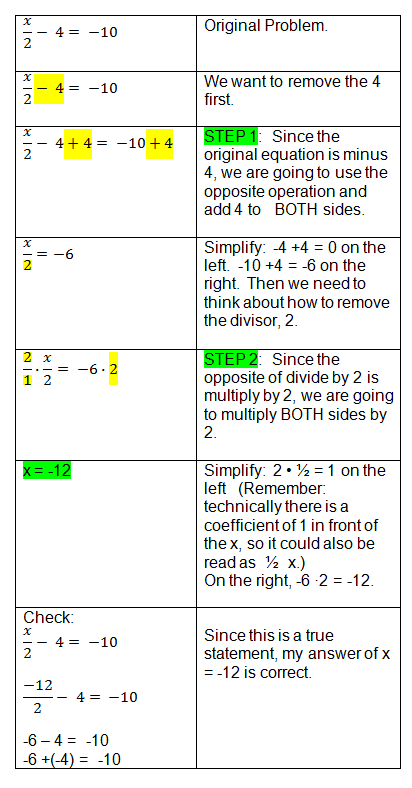Download Free Applied Linear Algebra Olver Shakiban Pdf Download
Olver Born January 11, 1952 ( 1952-01-11) (age 66), Nationality (1967) Alma mater Known for Symmetry groups of partial differential equations Scientific career Fields Institutions Doctoral students 17 students Peter John Olver is an American mathematician whose primary research interests involve the applications of and to. He has been a at the University of Minnesota since 1985 and is currently head of their mathematics department. In 2003, Olver was one of the top 240 most cited mathematicians in the world. In 2014, Olver became a fellow of the for ' developing new geometric methods for differential equations leading to applications in fluid mechanics, elasticity, quantum mechanics, and image processing.' In addition, Olver is an elected fellow of the and a fellow of the.
Applied Linear Algebra Olver Solution Manual Pdf download applied linear algebra olver. Applied Linear Algebra Olver Shakiban.pdf Free Download Here Applied. Applied Linear Algebra Olver Shakiban.pdf Free Download Here Applied Linear Algebra by Olver and Shakiban http://www.math.umaine.edu/~hiebeler/misc/olver-shakiban-06. Core and applied aspects of linear algebra. Applied Linear Algebra by Olver and Shakiban completely reverses. (Download only) for Applied Linear Algebra.
Olver is a prolific author, having written over 200 academic papers as of 2015. Cnw Data Recovery Serial Number on this page. Of these, 137 have appeared or will appear in major refereed journals, 46 have appeared in conference proceedings and seven have appeared as appendices and chapters in books. Books [ ] • Olver, P.

(1986),, Springer • Olver, P. (1995),, Cambridge University Press • Olver, P. (1999),, Cambridge University Press • Olver, P. J.; Shakiban, C.
(2006),, Prentice–Hall • Olver, P. (2014),, Springer References [ ].
Description For in-depth Linear Algebra courses that focus on applications. This text aims to teach basic methods and algorithms used in modern, real problems that are likely to be encountered by engineering and science students—and to foster understanding of why mathematical techniques work and how they can be derived from first principles.
No text goes as far (and wide) in applications. The authors present applications hand in hand with theory, leading students through the reasoning that leads to the important results, and provide theorems and proofs where needed. Because no previous exposure to linear algebra is assumed, the text can be used for a motivated entry-level class as well as advanced undergraduate and beginning graduate engineering/applied math students. Some Quotes from Reviewers “The material on the concept of a general vector space, linear independence, basis, etc. Is always difficult for students in this course.
This book handles it very well. It gives full, clear explanations. The style is very good, clear, and thorough. It should appeal to my students.
I like the book very much. It subscribes to the same philosophy of linear algebra as pioneered by Strang some 30 years ago (acknowledged in the introduction) and builds on the Strang books, making things even clearer and adding more topics. I would certainly like to use this book and would recommend it to my colleagues.” -Bruno Harris, Brown University “I like the book very much. We will consider it for our linear algebra courses. This is the best new book to appear since the text by Gilbert Strang.
It is really modern book, combining, in a masterful, core and applied aspects of linear algebra. This is a very good book written by a very good mathematician and a very good teacher.” -Juan J.
Manfredi, University of Pittsburgh “In many, if not most, beginning texts of linear algebra, the applications may be collected together in a chapter at the end of the book or in an appendix, leaving any inclusion of this material to the discretion of the instructor. However, Applied Linear Algebra by Olver and Shakiban completely reverses this procedure with a total integration of the application with the abstract theory. The effect on the reader is quite amazing. The reader slowly begins to realize two main points: (1) how applications generally drive the abstract theory, and (2) how the abstract theory can illuminate the applications, and resolve solutions in very striking ways. This text is easily the best beginning linear algebra text dealing with the applications in an integrated way that I have seen.